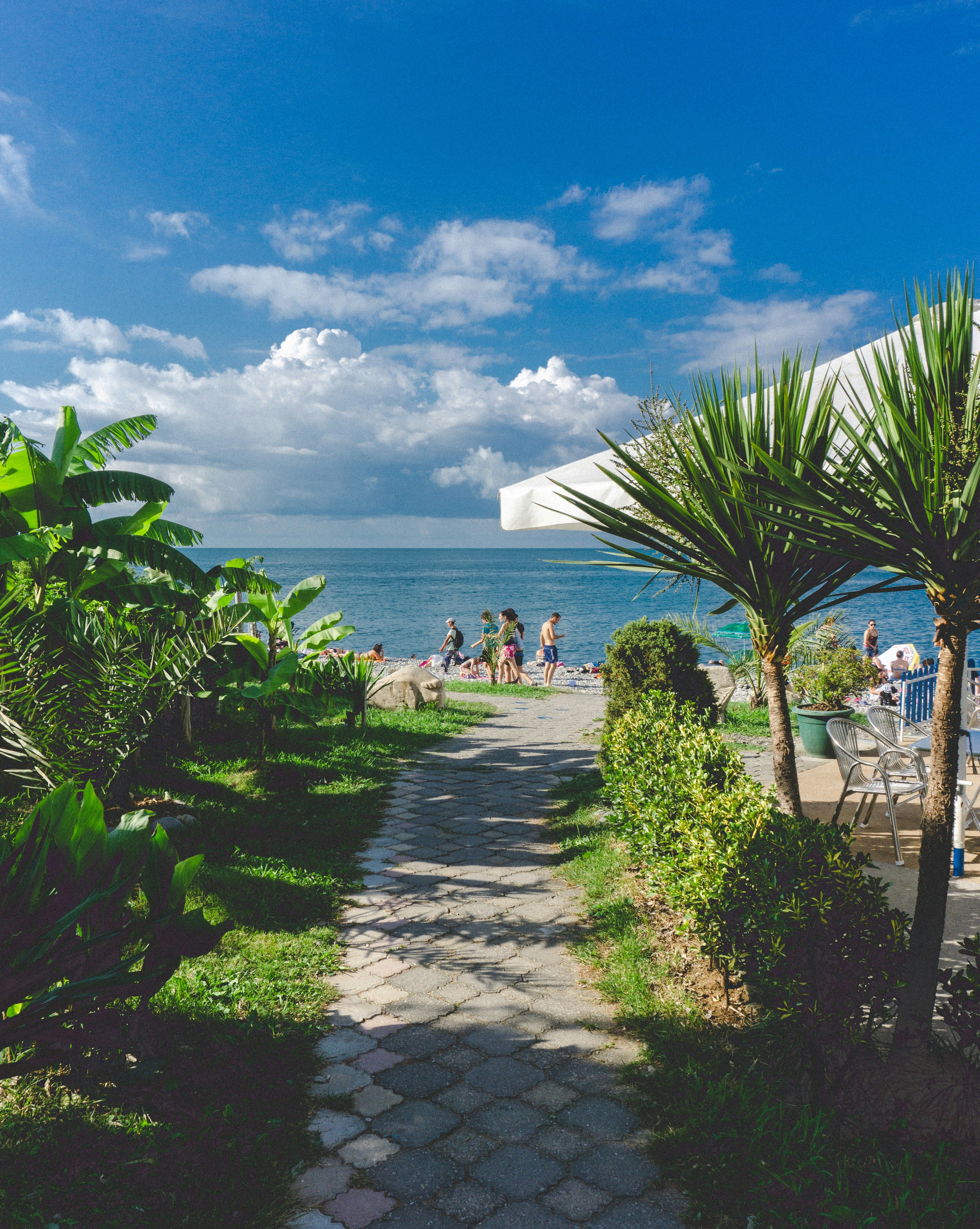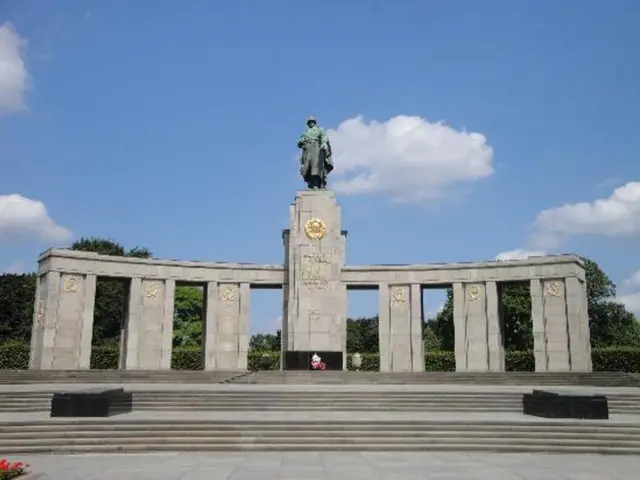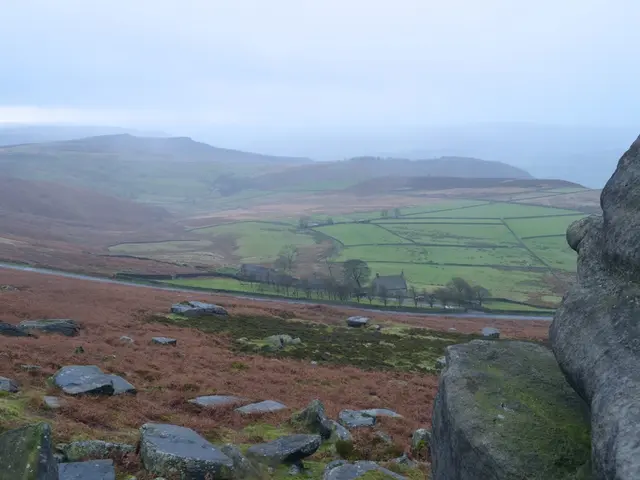Pilgrims Journey from Munich to Lake Constance Via Five Lakes and Allgäu Region
ever-growing popularity, the Camino de Santiago trail is attracting an increasing number of pilgrims each year. The Pilgrim's Office in Santiago de Compostela has reported record-breaking numbers annually. While Spain remains the primary destination for Camino enthusiasts, the historic Jakobsweg routes in Germany and Bavaria, including the Munich Jakobsweg, provide alternative options for those seeking to embark on this spiritual journey.
Despite Munich's humble beginnings as a small settlement called "by the monks," it was home to a small Jacob's chapel in the 12th century. This small chapel offered refuge to Eastern European pilgrims traveling to Santiago de Compostela in Spain during the Middle Ages. Although a proper Jakobsweg route did not exist in Bavaria at the time, the paths once used by these early travelers eventually evolved into the Munich Jakobsweg centuries later.
Reconstructed by a private initiative, the Munich Jakobsweg was officially opened in 2003 based on historical travel reports. The 275-kilometer route stretches from St. Jakob am Anger on St. James' Square, through the Five Lakes Region, Pfaffenwinkel, and Allgäu to Lake Constance. This journey can be completed in approximately eleven to fifteen days with normal fitness, though the length of each stage can vary based on physical condition and personal preference.
St. Jakob am Anger: Starting Point of the Munich Jakobsweg
The Munich Jakobsweg beginning at St. Jakob am Anger on St. James' Square leads along the Isar through the Five Lakes Region, Pfaffenwinkel, and Allgäu to Lake Constance. The journey consists of fifteen stages, each ranging from 12 to 31 kilometers, and is detailed below:
- Munich to Schäftlarn (23.7 km)
- Schäftlarn to Kloster Andechs (27 km) with an alternative route via Possenhofen and Pöcking (25.4 km)
- Kloster Andechs to Schondorf (20.9 km) with an alternative route via Pähl to Wessobrunn (24 km)
- Schondorf to Wessobrunn (25.7 km)
- Wessobrunn to Hohenpeißenberg (14 km) with an alternative route from Hohenpeißenberg to Rottenbuch (17.3 km)
- Hohenpeißenberg to Rottenbuch (12.7 km) with an alternative route via Peiting to Rottenbuch (17.3 km)
- Rottenbuch to Steingaden (14.4 km)
- Steingaden to Bernbeuren (12.7 km)
- Bernbeuren to Marktoberdorf (19.6 km)
- Marktoberdorf to Kempten (31 km) with an alternative route via Görisried (41.6 km)
- Kempten to Buchenberg (13.7 km) with an alternative route via Ahegg to Buchenberg (9.8 km)
- Buchenberg to Weitnau (16 km)
- Weitnau to Simmerberg (27.6 km)
- Simmerberg to Scheidegg (12 km) with an alternative route via Lindenberg to Lindau (32.9 km)
- Scheidegg to Lindau (21.5 km) with an alternative route via Pfänder to Bregenz (19.8 km)
Sending-off Ceremony and Pilgrim's Blessing
A sending-off ceremony for pilgrims of the Munich Jakobsweg has been held annually in St. Jakobskirche am Anger since 1989. During these ceremonies held throughout the summer, pilgrims receive their pilgrim's passport, a first stamp, and a spiritual reflection before beginning their journey. Pilgrims seeking to attend the ceremony can find more information about dates and registration here.
Path Markings and Navigation
The Munich Jakobsweg is well to very well marked, with the "Europamuschel" (European scallop) used as a waymark from Munich to Stötten am Auerberg. From Marktoberdorf to Lake Constance, the "Schwabenmuschel" (Swabian scallop) is often found. Though it does not directly indicate the correct direction, it is usually accompanied by way arrows. Carrying a map is essential for ensuring you remain on the correct route throughout your journey.
Accommodation and Further Options
Unlike in Spain or Portugal, there are no specific networks of hostels for pilgrims on the German Jakobsweg. Facilities for travelers include private accommodations, campsites, youth hostels, monasteries, and occasional shared lodgings provided by experienced pilgrims. Hotel and pension options are also available, though prices can vary depending on the season.
Upon reaching Lake Constance, pilgrims have the option to end their pilgrimage in Bregenz, Lindau, or Konstanz. Those wishing to continue their journey to Santiago de Compostela must travel by train for the remaining 2,340 kilometers from Konstanz or 2,295 kilometers from Lindau.
The journey from Konstanz to Santiago de Compostela is a continuation of the Camino de Santiago. From Konstanz to Rohrschach on the Via Jacobi, the Camino continues as the Via Gebennensis to Le Puy en Velay, where it changes to the Via Podiensis, ultimately leading to Saint Jean Pied de Port, the starting point of the famous Camino Francés, with Santiago de Compostela lying approximately 800 kilometers ahead.
Book recommendations for researching and planning the Munich Jakobsweg can be found below:
- Monika Hanna - The Munich Jakobsweg: Hiking on the Pilgrim's Way from Munich to Lake Constance (196 pages, Munich Verlag, ISBN-13: 978-3910425132)
- Christiane Haupt - Jakobsweg Munich - Lindau: with variant to Bregenz (Outdoor Pilgrim Guide, Volume 187, Conrad Stein Verlag, ISBN-13: 978-3866866928)
- Embarking on the Munich Jakobsweg, a home-and-garden project of sorts, travelers can immerse themselves in the lifestyle and history of Bavaria, with the journey offering an attractive alternative to the traditional Camino de Santiago route through Spain.
- Upon completion of the Munich Jakobsweg and reaching Lake Constance, travelers may find themselves yearning to extend their sojourn. By venturing forth on the Via Jacobi, they can engage in another home-and-garden transformation – this time of their travels, as they weave through various countries and cultures before reaching the final destination of Santiago de Compostela.






